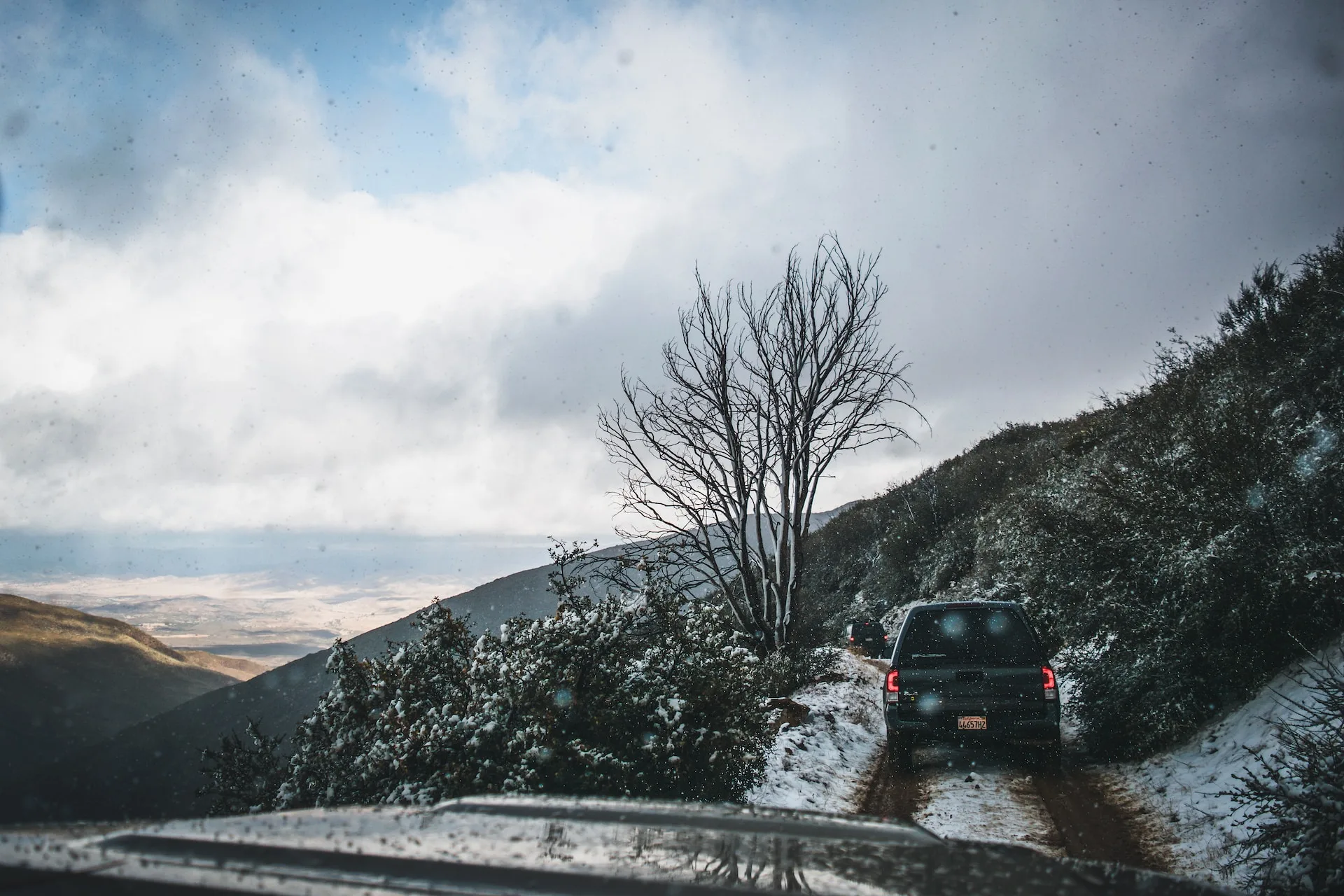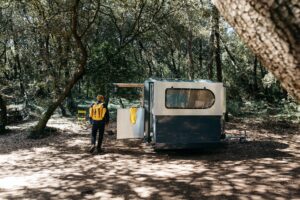The Winter Overlanding Odyssey
As 2023’s winter unfurls its snowy canvas, a unique adventure awaits—the call of winter overlanding. It’s more than just traversing icy terrains; it’s about embracing the serene beauty, facing the crisp challenges, and forging memories on snow-laden paths. With the right insights and preparation, this cold journey transforms into a heartwarming experience. Dive in, as we guide you through the essentials of winter overlanding, ensuring every frosty adventure is both thrilling and safe.
Table of Contents
Preparing Your Rig for Winter Overlanding
Winter overlanding is not just about bundling up in layers and sipping on hot cocoa by the campfire. It’s about ensuring your vehicle, your trusted companion on these adventures, is as prepared as you are. As the cold months approach, the challenges on the road intensify. But with the right preparation, you can turn these challenges into thrilling experiences. Here’s how to get your rig winter-ready:
Winter-Specific Vehicle Maintenance
Before the first snowflake hits the ground, it’s crucial to give your vehicle a thorough check. Cold weather can be harsh on your engine, battery, and tires. Start with a comprehensive service, focusing on the following:
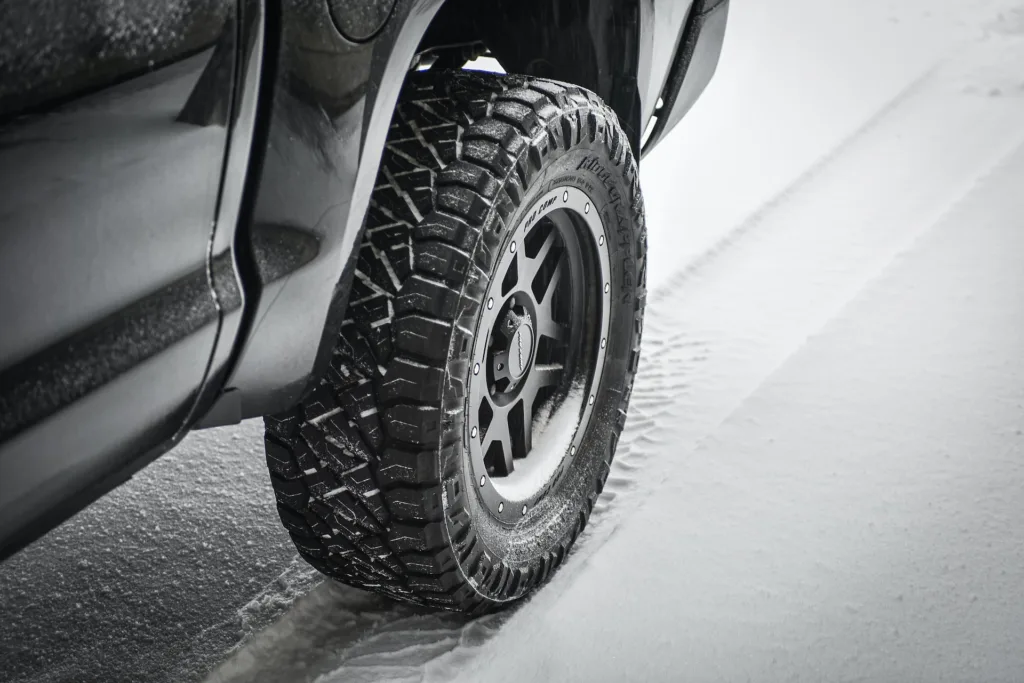
Winter Tires: These are not just regular tires with a fancy name. Winter tires are designed with a special rubber compound that remains flexible in cold temperatures, offering better traction on icy roads. If you’re serious about overlanding in the winter, these are non-negotiable.
Check out my guide to the best Overland tires in 2023.
Reliable Heater: Imagine driving through a snowstorm without a functioning heater. Not only is it uncomfortable, but it can also be dangerous as your windows can fog up, reducing visibility. Ensure your vehicle’s heater is in top condition.
I also bring along my portable diesel heater for extreme conditions.
Efficient Battery: Cold weather can be brutal on batteries. It’s essential to have your battery tested and, if needed, replaced with one that can withstand the cold temperatures.
Insulate, Insulate, Insulate: Just as you layer up to keep warm, your vehicle needs extra insulation to retain heat. Consider adding insulation to your windows, roof, and floor. This not only helps in keeping the vehicle warm but also ensures a comfortable sleep if you’re camping in your vehicle.
Fluid Check: Cold weather can thicken some fluids, making them less effective. Ensure your engine oil is suitable for cold temperatures. Check other fluids like antifreeze, transmission fluid, and brake fluid, ensuring they are at optimal levels.
Essential Gear and Supplies
Embarking on a winter overlanding adventure is akin to preparing for a grand expedition. The cold months bring with them unique challenges, but with the right gear and supplies, you can transform these challenges into memorable experiences. Here’s a checklist of essentials to pack:
Spare Fuel: The cold can be unforgiving, especially if you find yourself stranded. Always carry spare fuel. Not only does it ensure you don’t run out in remote locations, but it also provides peace of mind knowing you have a backup. Nothing fancy, something cheap and spill proof like this one will do just fine.
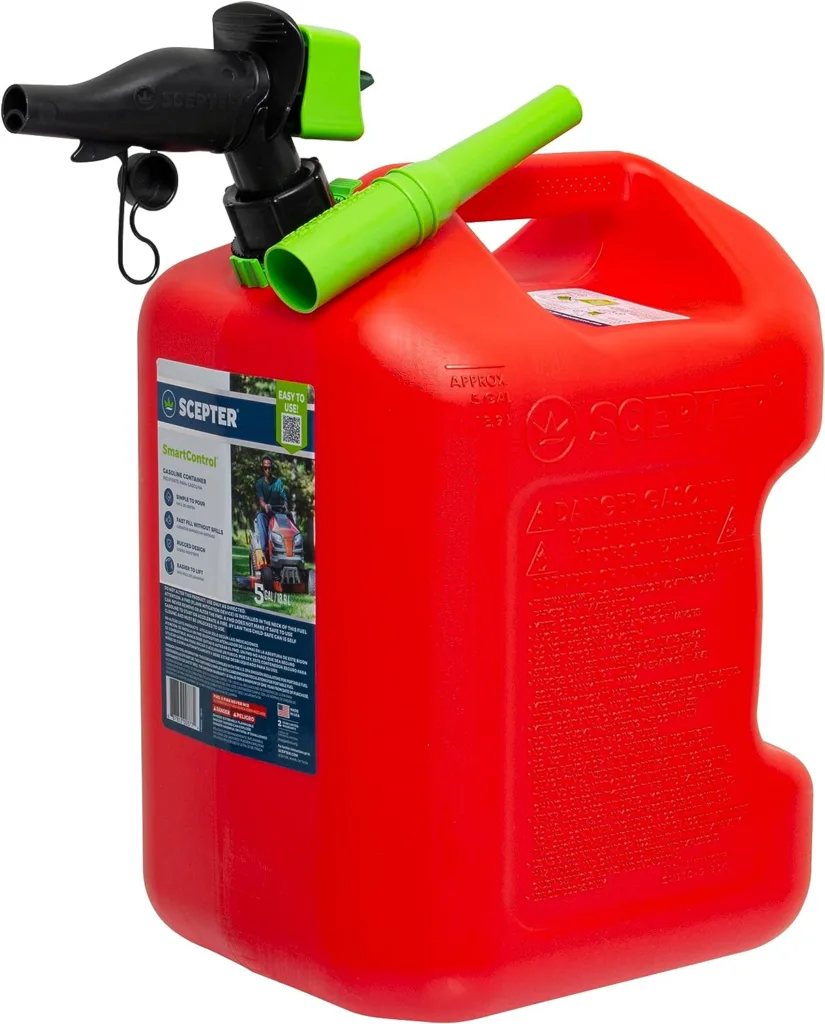
Warm Clothing and Sleeping Gear: Layering is your best friend during winter. Pack thermal innerwear, fleece jackets, waterproof outer layers, and insulated boots. Don’t forget warm gloves, beanies, and scarves. For sleeping, invest in a good quality sleeping bag rated for low temperatures and an insulated sleeping pad.
Food and Water: Pack non-perishable food items like canned goods, energy bars, and freeze-dried meals. Remember, your body burns more calories in the cold, so pack more food than you think you’ll need. As for water, carry enough and have a way to melt snow if necessary.
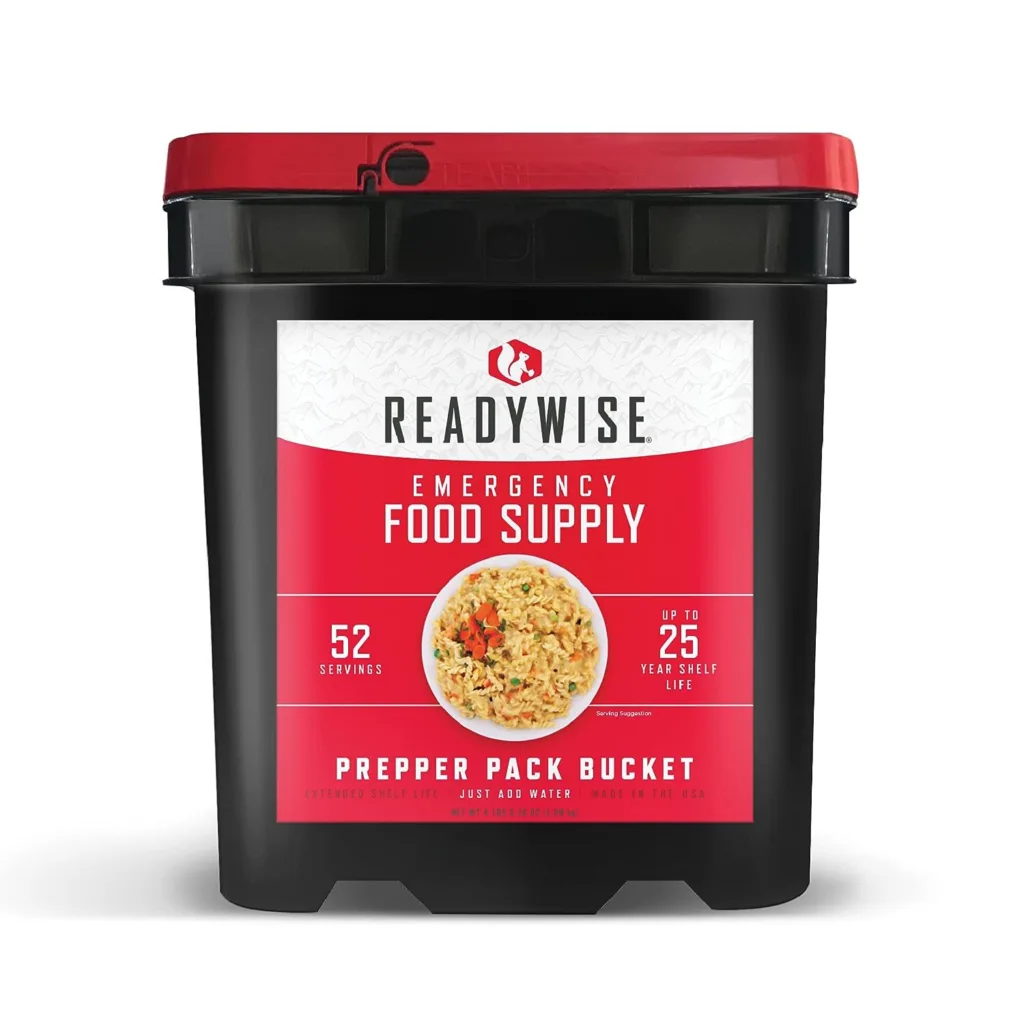
Emergency Kit: This should include a first-aid kit, a multi-tool, a flashlight with extra batteries, waterproof matches, and a whistle. Given the season, also pack hand warmers, an emergency blanket, and a portable stove.
Miscellaneous Essentials: These are often overlooked but can be lifesavers. Pack a shovel (for snow and mud), sand or kitty litter (for traction), and extra battery packs for your devices.
Navigating Winter Terrain
Winter transforms the landscape, turning familiar terrains into uncharted territories. Snow-covered paths, icy patches, and limited visibility can make navigation challenging. Here’s how to safely navigate winter terrains:
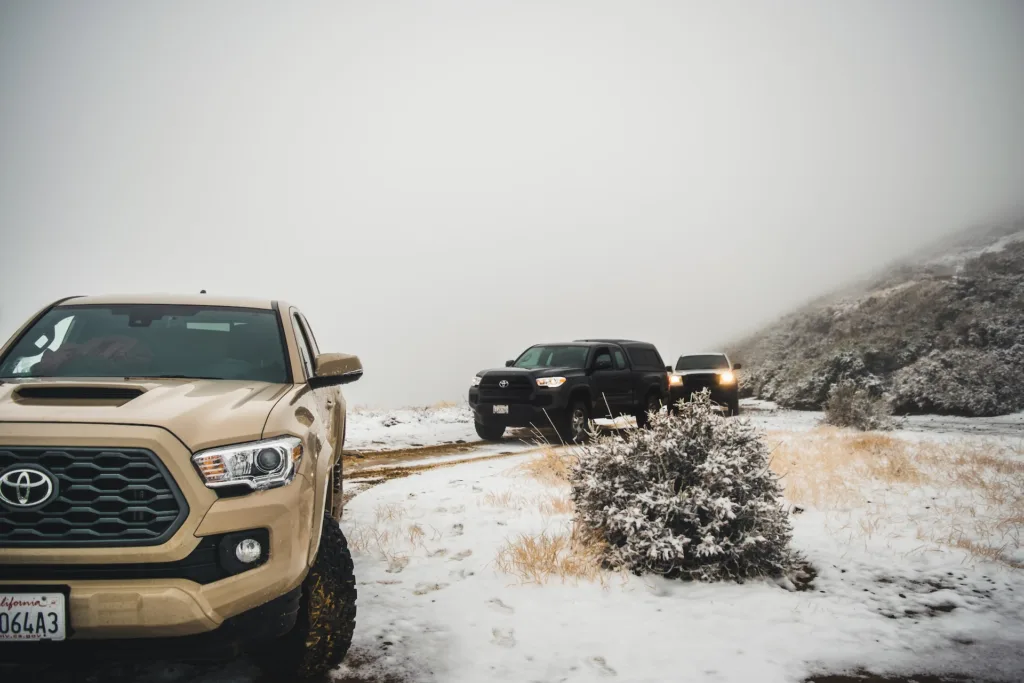
Understand the Terrain: Before setting out, research the area you plan to explore. Familiarize yourself with the terrain, potential hazards, and any recent weather changes.
Snow and Ice Driving Skills: Driving on snow and ice is vastly different from regular driving. If you’re inexperienced, consider taking a winter driving course. Always drive slower than you think you need to and maintain a safe distance from the vehicle in front of you.
Traction Aids: Snow chains or snow tires can be game-changers in winter conditions. They provide better traction, making it easier to drive through deep snow and icy patches. Always practice putting them on before your trip.
Visibility Tools: Fog, snowfall, and early sunsets can reduce visibility. Ensure your vehicle’s headlights and fog lights are working correctly. Carry extra bulbs and consider investing in auxiliary lights. The best fog lights for the price are from Diode Dynamics – I personally use these and am not sponsored by them you can check them out here.
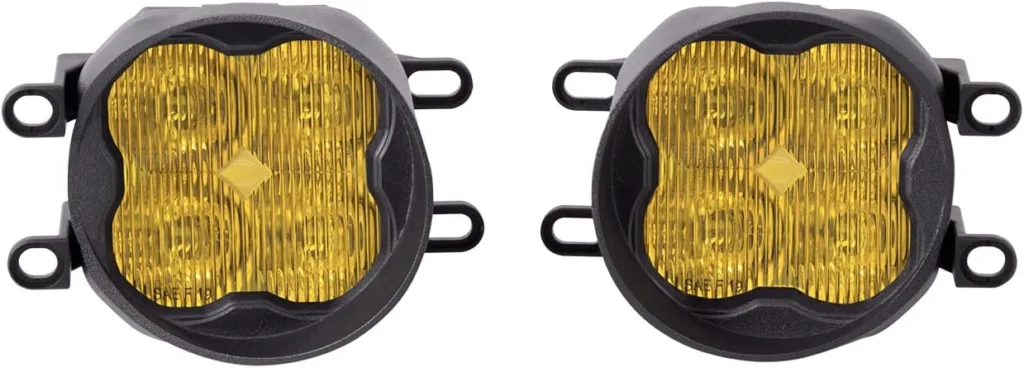
Getting Unstuck: Despite all precautions, there’s always a chance of getting stuck. Carry a shovel to dig out snow, sand or kitty litter to regain traction, and consider having a winch or tow straps.
Stay Informed: Always check the weather forecast before and during your trip. Be prepared to change your plans if conditions deteriorate. Remember, safety first!
Embracing the Beauty of Winter Overlanding
Winter overlanding is more than just a journey; it’s an experience that captivates the senses. The pristine landscapes, the serene ambiance, and the thrill of discovery in a transformed world make it a unique adventure. Here’s how to truly embrace the beauty of winter overlanding:
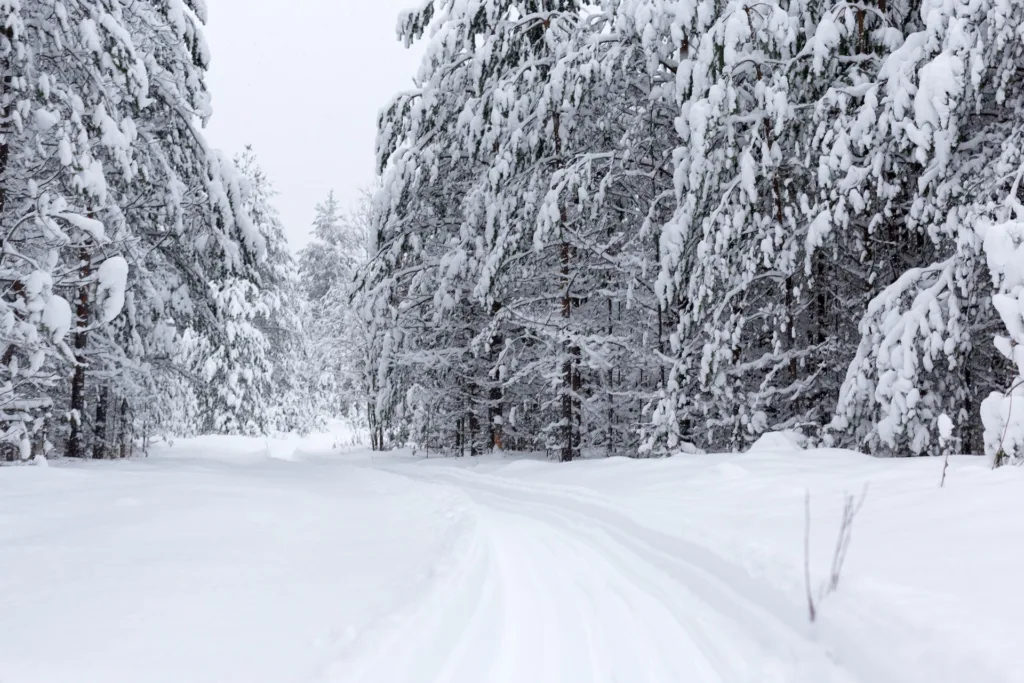
The Winter Landscape: The allure of snow-covered forests, frozen lakes, and majestic mountain passes is unparalleled. Take the time to stop, breathe in the crisp air, and immerse yourself in the tranquility that winter brings.
Solitude and Serenity: One of the perks of winter overlanding is the solitude. With fewer travelers on the road, you get the chance to experience popular destinations without the crowds, making your journey even more special.
Popular Winter Overlanding Destinations:
- Rocky Mountains (Colorado, Utah, Wyoming): Diverse winter terrains from alpine passes to snow-laden forests.
- Sierra Nevada Mountains (California): Stunning landscapes with snow peaks, frozen lakes, and dense forests.
- Adirondack Mountains (New York): A winter wonderland with vast snow-covered forests and challenging terrains.
- Cascade Mountains (Washington, Oregon): Known for heavy snowfall, offering a mix of terrains from forests to frozen lakes.
Photography and Memories: Winter offers unique photographic opportunities. Capture the beauty of the season, from the early morning frost to the golden hues of sunset on snow. These memories will last a lifetime.
Local Laws and Regulations
Winter overlanding requires not just preparation of gear but also an understanding of local laws and regulations. Staying informed ensures a smooth journey and helps in preserving the beauty of the places you visit. Here’s what you need to know:

Vehicle Equipment Regulations: Different states have specific requirements for winter driving, such as mandatory snow tires or chains. Before heading out, check the regulations of the states you plan to traverse to ensure compliance.
Fire Restrictions: Winter may seem like an unlikely time for fires, but some areas have restrictions due to increased fire risks. Always research the areas you plan to camp in and be prepared to use portable stoves if campfires are prohibited.
Road Conditions and Closures: Winter weather can lead to road closures or treacherous conditions. Always check road conditions before setting out and have alternative routes planned.
Permits and Permissions: Certain national forests and public lands may require permits for winter camping. Research the areas you intend to visit and obtain necessary permits in advance.
Respect for Nature: Always practice Leave No Trace principles. Winter landscapes can be delicate, and it’s our responsibility to ensure they remain pristine for future generations.
Staying Warm and Comfortable
The allure of winter overlanding is undeniable, but the cold can be relentless. Ensuring warmth and comfort is paramount not just for enjoyment but for safety. Here’s how to stay cozy during your winter adventures:
The Magic of Fire: Nothing beats the warmth and ambiance of a campfire on a chilly winter night. Whether you’re sharing stories or simply gazing at the flames, a fire is a winter overlanding essential. However, always ensure you’re using established fire rings or consider a portable fire pit if the ground is too frozen.
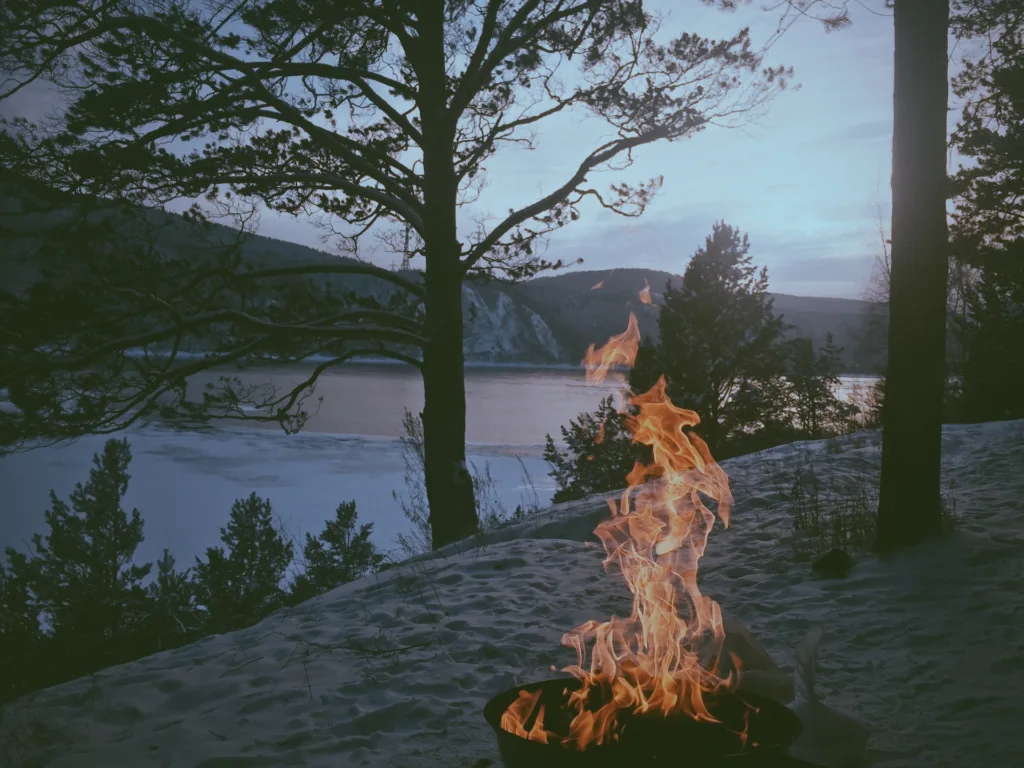
Portable Heaters: For those extra cold nights, a portable heater can be a game-changer. Whether it’s the propane-powered Mr. Heater Buddy or the compact KOVEA Cupid heater, these devices can make your tent or vehicle a warm haven. Remember, safety first! Ensure proper ventilation and keep flammable materials away.
Layering is Key: Dress in layers to trap body heat. Start with moisture-wicking base layers, add insulating middle layers like fleece or down, and finish with a waterproof and windproof outer layer. Don’t forget insulated boots, gloves, and a warm hat.
Warm Beverages and Food: A hot cup of cocoa, coffee, or soup can work wonders in raising your body temperature. Pack a thermos to keep beverages warm and consider high-calorie foods that provide sustained energy in the cold.
Sleeping Warm: Invest in a four-season sleeping bag and use an insulated sleeping pad to prevent cold from seeping up from the ground. Wearing a beanie while sleeping can also help retain heat.
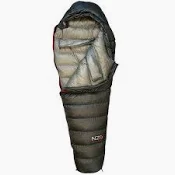
Hearty Meals for Winter Overlanding
When the cold sets in and you’re out exploring the winter wilderness, the importance of a warm, hearty meal cannot be overstated. It’s not just about satiating hunger; it’s about fueling your body, lifting your spirits, and adding a touch of homey comfort to your overlanding experience. Here’s how to ensure you’re well-fed during your winter adventures:
High-Calorie Intake: The cold weather means your body burns calories at a faster rate to keep warm. Opt for high-calorie meals that provide sustained energy. Think stews, casseroles, and pasta dishes loaded with proteins and healthy fats.
Easy-to-Cook Options: While gourmet meals are delightful, simplicity is key when overlanding. Pack freeze-dried meals that only require hot water, or pre-cook and freeze meals that can be easily reheated over a campfire or portable stove.
Warm Beverages: A hot drink can work wonders in lifting your mood and warming you up. Stock up on hot cocoa, coffee, tea, and even instant soup mixes. A thermos can keep these beverages warm for hours, ensuring you have a hot drink ready whenever you need a pick-me-up.
Snacks on the Go: For those times when you need a quick energy boost, have snacks readily available. Energy bars, trail mix, nuts, and dried fruits are excellent choices. They’re packed with nutrients and can be easily stored without the risk of spoilage.
Fresh Ingredients: While non-perishables are convenient, adding fresh ingredients can elevate your meals. Consider packing hardy vegetables like carrots, potatoes, and onions. They last long and can be used in a variety of dishes.
Cooking Gear: Invest in a good portable stove and durable cookware. A cast-iron skillet is versatile and retains heat well, making it perfect for cooking hearty winter meals. Don’t forget utensils, a can opener, and essential condiments to season your dishes.
Safety First: Always ensure you’re cooking in a well-ventilated area, especially if using gas stoves. Store food securely to avoid attracting wildlife to your campsite.
The Call of Winter Overlanding
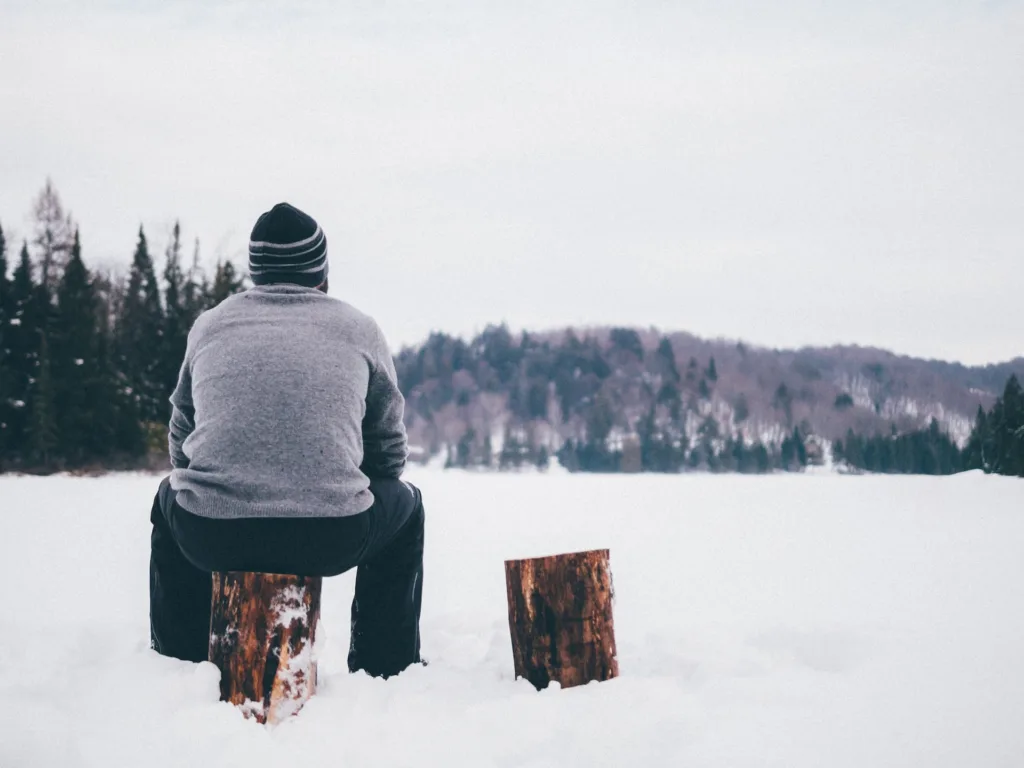
As the frosty embrace of 2023’s winter beckons, so does the allure of overlanding through its pristine landscapes. Winter overlanding is not just a journey—it’s a testament to our spirit of adventure, our resilience against the cold, and our deep connection with nature. With the right preparation, from rig setups to hearty meals, every snow-covered mile becomes a cherished memory. So, gear up, embrace the chill, and let the magic of winter guide your path. Here’s to forging new trails, savoring warm moments, and celebrating the beauty of winter overlanding.

